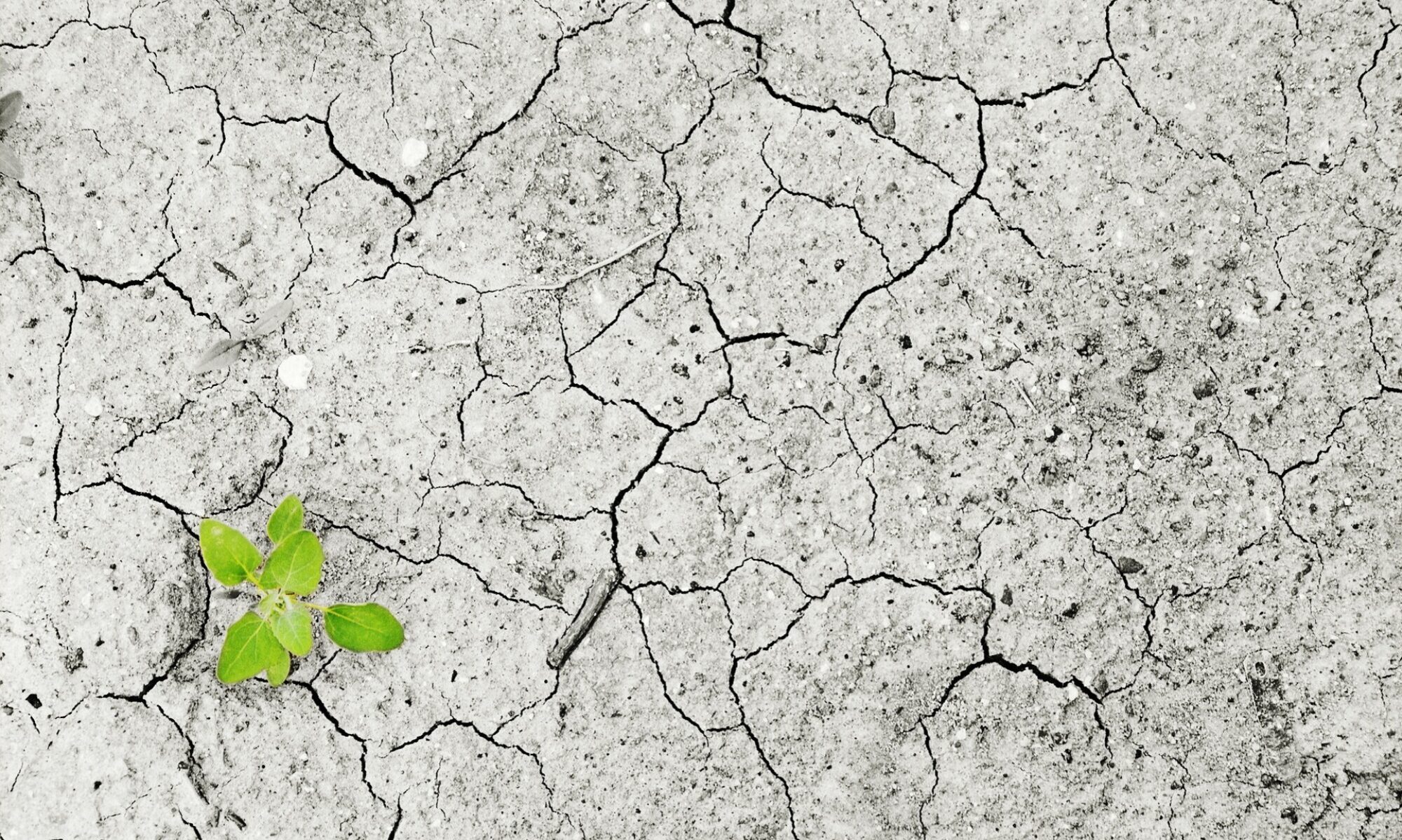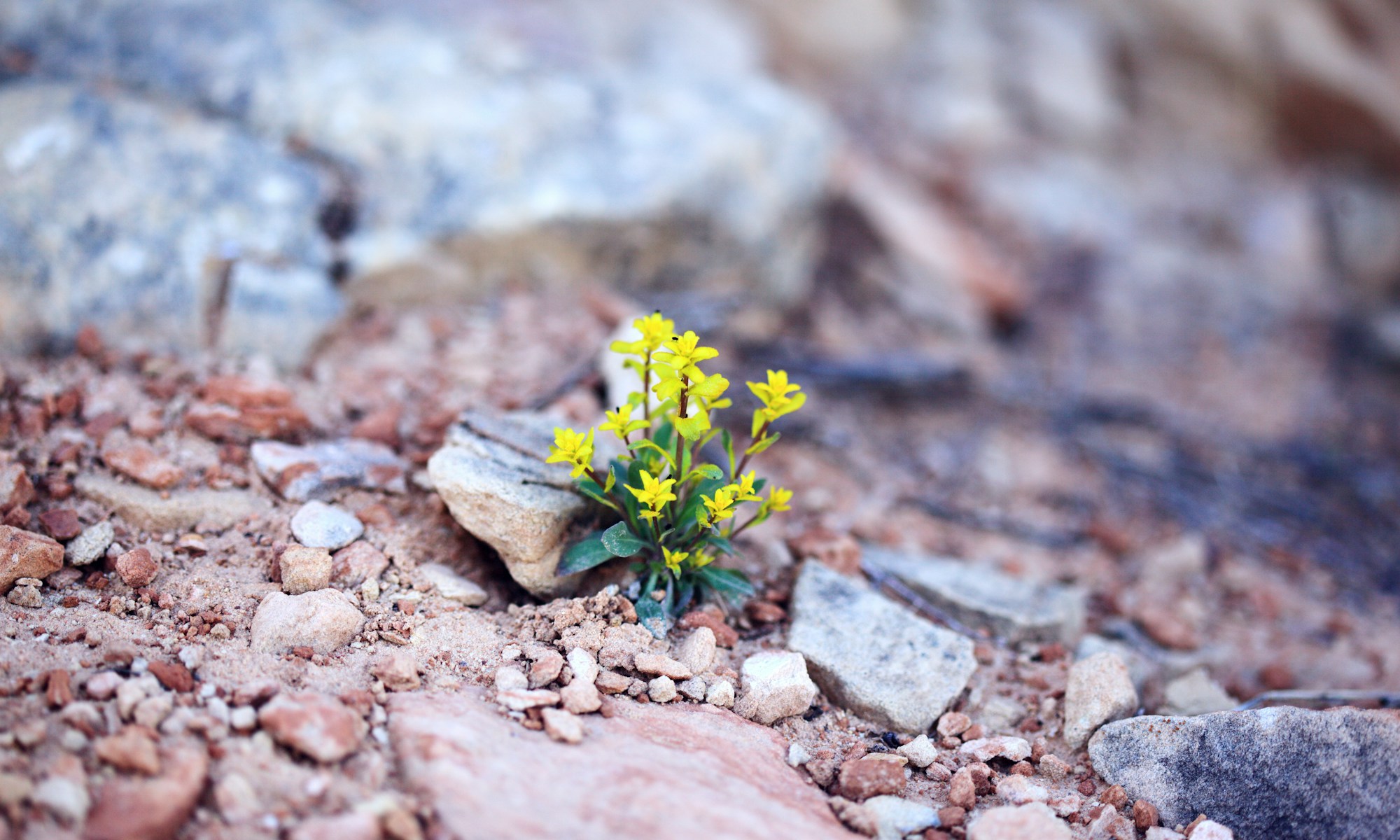8 February 2022 – by Deniz Saygi
As the driest desert in the world, Chile’s Atacama Desert shows how plants adapt to climate change: Every few years, a little corner of the desert is covered with purple and yellow flowers. This extraordinary blossom event is locally known as the ”flowering desert.”
Though it has been observed that some parts of the Atacama Desert can go years without seeing rain, amongst 200 species of flowers, the ”pata de guanaco” and ”yellow ananuca” can bloom in an uninhabitable environment of the desert. As a consequence, scientists have a chance to study the species that can adapt to extreme climate changes.
To study this specific adaptation event occurring in the Atacama Desert, a complex ecosystem has been created for flower seeds to lie dormant in the soil for decades and wait for enough rainfall in order to allow them to bloom.
“When there is a certain amount of precipitation, which has been estimated at approximately 15 cubic millimetres, it triggers a large germination event,” said Andrea Loaiza, a biologist from La Serena University who works on this study. Loaiza also stated that the bloom is happening on an irregular schedule, and the last significant one occurred in 2017. In respect of its irregularity, this blossom event may not happen forever since the ecosystem of the area has a very fragile nature and any kind of disruption can break the balance.
“To adapt to a climate crisis, we need to understand the natural processes. We want to learn from these plants because these species demonstrate different adaptation mechanisms,” said Andres Zurita, a geneticist who also works on this study.
It should be remembered that it is crucial to study these endemic species to understand how they manage to survive in extreme conditions and take precautions for the regions (like the Atacama Desert) that are vulnerable to the devastating effects of climate change.



